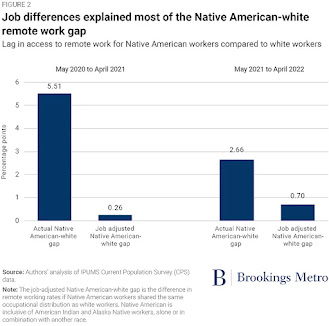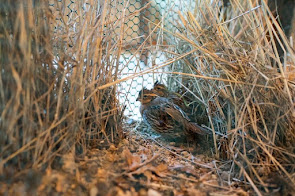 |
| Belief in fraud declined in the summer of 2021 but by late fall, it rose to a new high. Then it dropped back to near its average. |
That's obviously a topic for debate, but what is not debatable is that there was minimal voter fraud in the six states that decided the 2020 presidential election. The Associated Press proved that almost a year ago, with a comprehensive set of stories about each state and a national summary.
But by the time that story appeared in early December, the big lie about the election apparently had become part of the partisan identity for many if not most Republicans, as shown by Monmouth University polling. "It’s sort of understood that Republicans hold this position," writes Philip Bump of The Washington Post, who analyzes politics and data. "Perhaps we’ve reached a point where articulating that you think voter fraud gave Biden his victory has been folded into a broader partisan identity. In other words, that being Republican means being receptive to this idea. That Republicans are expected to say this is what happened so they say it, even if they only sort of half-believe it." But many prominent Republicans espouse that belief, most recently Ginni Thomas, the wife of Justice Clarence Thomas.
Few weekly newspapers subscribe to the AP, but at the request of the Institute for Rural Journalism and Community Issues, publisher of The Rural Blog, the wire service has allowed weekly newspapers to republish the story, along with links to it and the state-by-state sidebars. The stories are just as valid as they were 10 months ago. For the details, click here.
In his analysis, Bump recounts his efforts to debunk the fraud claims and writes, "People who want to believe that voter fraud occurred are almost universally people who do not read evaluations of fraud claims in The Washington Post. They are not people who are looking for information that falsifies their beliefs because, if they did, they would very quickly find it. Vague debunked allegations are made and comport with their sense of what happened, and that’s good enough."
Good enough for them, maybe, but not good enough for the country and the newspapers that are supposed to serve it, says Al Cross, director of the Institute for Rural Journalism: "Not many weeklies have taken advantage of AP's generosity, probably because they are locally focused, and because Donald Trump and big lie about the election have become divisive at the local level. But readers of these newspapers are citizens not only of their localities, but of their states and the nation, and they should be confronted with the facts about the most recent national election."
UPDATE, Oct. 6: The need for truth becomes more apparent. "A majority of Republican nominees on the ballot this November for the House, Senate and key statewide offices — 299 in all — have denied or questioned the outcome of the last presidential election," The Washington Post reports.





.png)


















